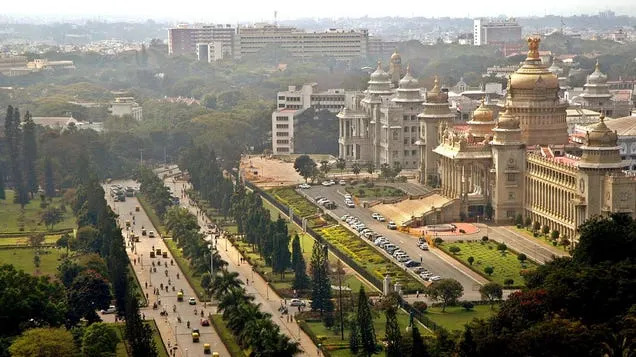India’s supreme court thinks Bengaluru has become a template for urban ruin

How far can unplanned development degrade a gorgeous city? So much so that it becomes a quasi-official template of how not to run a city.
The evolution of Bengaluru, India’s technology hub and once among its most liveable big cities, has been so haphazard over the past few decades that the supreme court of India now holds it up as a warning for other Indian cities.
On Jan. 10, the court urged India’s federal and state governments to place environmental preservation ahead of urban development. It was hearing a plea by residents of the northern city of Chandigarh, who are resisting the administration’s practice of converting single residential units into apartments.
“The warning flagged by the city of Bengaluru needs to be given due attention by the legislature, executive, and policymakers,” a bench of two justices said. “It is high time that, before permitting urban development, EIA (environmental impact assessment) of such development needs to be done.”
Located around 250 kilometres north of Delhi, Chandigarh is among India’s eight union territories, governed directly by the federal government. It is also the legislative and administrative capital of two adjoining states, Punjab and Haryana.
Designed by the Swiss-French architect Le Corbusier and inaugurated in 1953, Chandigarh was one of India’s earliest planned cities and a pin-up for a newly independent country. In 2016, it was declared a UNESCO world heritage site. But India’s apex court wants to keep this iconic city from going the way of Bengaluru.
Bengaluru’s reputation has fallen
A city of 12 million people, Bengaluru—Bangalore until its name changed in 2014—is one of India’s biggest urban conglomerations. Its reputation as a global technological hub was built on the back of a tremendous economic boom in the 1990s.
But the city has become unrecognizable over the past decade-and-a-half.
Known earlier for its clement weather and beautiful gardens, Bengaluru’s transformation has caused immense damage to its ecology. Its trees have been chopped down en masse and often at random, and its many lakes have disappeared or have been left badly polluted.
“In 1961, there were 262 lakes and tanks in and around her. But satellite imagery in 2003 showed just 18 clearly delineated ones (I don’t want to know what it looks like in 2017),” Quartz had reported earlier. “Yet, there’s been a 584% growth in her built-up area over the past four decades. The result: A parched city depends on thousands of tanker-trucks for her daily supply of water.”
The city’s traffic has also become a byword for mismanagement. Even a decade ago, a study estimated that more than $6 billion worth of man-hours were lost because IT workers were stuck so long on congested roads.
When the city’s IT boom began, the term “Bangalored” described how a job lost in a western country was outsourced to India. Now “Bengaluru’d” could well stand in for the wanton devastation of a flourishing city.
No comments:
Post a Comment